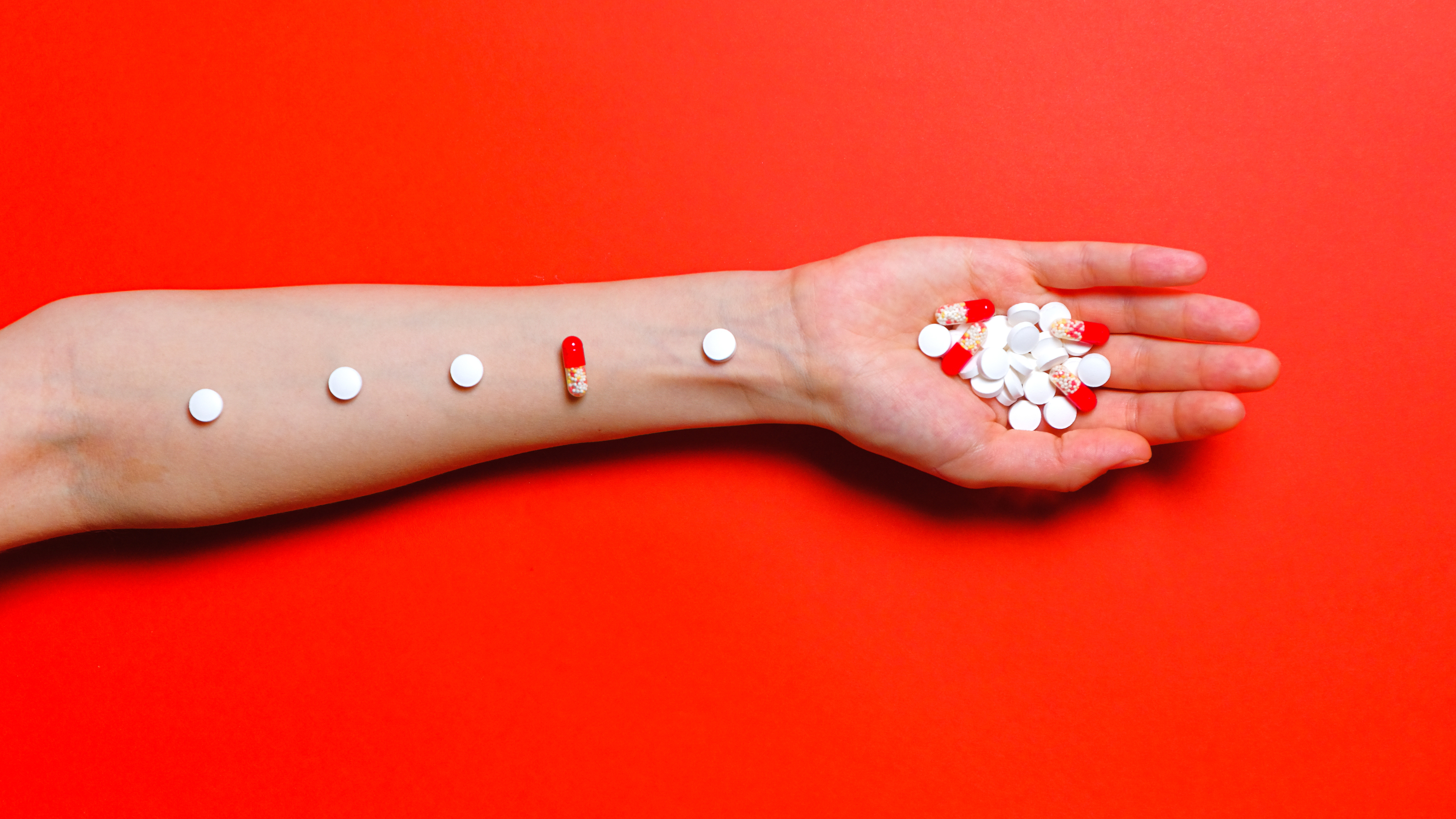As we enter September and National Recovery Month, we at The Bougainvilla House pause to recognize International Overdose Awareness Day, August 31st. Many wear purple to destigmatize drug-related deaths and remember the individuals and families tragically impacted by drug overdoses, including one of the most deadly and insidious of all — fentanyl.
In 2017, the U.S. Department of Health and Human Services (HHS) declared misuse of opioids, including fentanyl, a public health emergency and a crisis we continue to face today.
To mark National Recovery Month, TBH wants to highlight and educate young people and families on the dangers of opioids, fentanyl in particular. In addition, we want to share resources that might save a life or help a friend or family member start their journey of recovery from addiction.
What is Fentanyl?
Fentanyl is a manufactured opioid drug, first developed in 1959 and introduced in the 1960s as an anesthetic and medication to relieve cancer breakthrough pain. The drug is odorless, tasteless, and colorless, making it difficult to identify unless it’s tested. It’s so powerful that an amount the size of two grains of salt is enough to overdose and kill.
As an analgesic (pain reliever), fentanyl is 50-100 times stronger than morphine and 50 times stronger than heroin. Fentanyl’s addictive properties and potential for abuse immediately concerned the U.S. Food and Drug Administration (FDA). To minimize this risk, fentanyl was initially approved only for use in combination with droperidol, a drug used as a sedative, tranquilizer, and anti-nauseant. In 1972, fentanyl became available for use on its own.
Fentanyl abuse and death tolls continue to spike
As early as the mid-1970s, cases of prescription fentanyl abuse were already being reported, due to theft, fake prescriptions and illegal distribution by patients and some members of the medical community.

By 1979, illegally-produced fentanyl had hit the streets. From about 1000 deaths reported by the US Drug Enforcement Administration (DEA) between 2005 and 2007, deaths from mainly non-prescription use of fentanyl have spiraled to more than 70 times that number. This past May, the Centers for Disease Control (CDC) reported 71,238 fentanyl overdose deaths in 2021. To put this into perspective, that’s more people than a sold-out Hard Rock Stadium, and only a portion of all the opioid overdose deaths that year.
Why are fentanyl-related deaths so high?
Illegally-produced fentanyl is sold by itself but, even more dangerous, it is often mixed with or sold to the unknowing buyer as heroin, cocaine, or in pills purporting to be oxycodone or other well-known legal pharmaceuticals. Fentanyl goes by the street names Apace, Friend, Murder 8, China Girl, China Town, China White, Dance Fever, Jackpot, King Ivory, Goodfellas, Great Bear, He-Man, Poison, and Tango & Cash.

Fentanyl use – effects on the body
- Confusion
- Changes in pupil size
- Cold, clammy skin
- Cyanosis
- Slow, shallow breathing
- Nausea, vomiting
- Drowsiness, dizziness,
- The presence of coma, pinpoint pupils and slow, shallow breathing are strong signs of fentanyl or other opioid poisoning.
Who is most vulnerable to fentanyl overdoses?
Because fentanyl is so powerful, prevalent, and often disguised as other drugs, including prescription drugs, the reality is that anyone can be a victim of a fentanyl overdose. Someone who needs prescription painkillers, who uses drugs recreationally, or is just curious is at risk of becoming a victim of accidental addiction or overdose.
Many famous celebrities have been victims of an accidental overdose:
- Juice WRLD – Shortly after his 21st birthday, in December 2019, rapper Juice WRLD suffered a seizure after arriving in Chicago. The cause of death was an accidental overdose of codeine and oxycodone (opioids).
- Mac Miller – In September 2018, the rapper died at his home in the Los Angeles area following an accidental overdose of fentanyl, cocaine and alcohol. Miller had reportedly requested the painkiller Percocet. The rapper-producer was 26 years old.
- Prince – The music legend was only 57 when he died of an accidental fentanyl overdose, in April 2016. He believed he was taking Vicodin (a chronic pain pill), but his pills were laced with fentanyl.
People who are dependent on opioids often also have a co-existing mental health condition, such as depression or anxiety, and many turn to drugs as a way to cope. By recognizing and seeking treatment for mental health problems, vulnerable individuals get the support they need and learn healthy coping skills that might prevent them from turning to drugs. If you or someone you love suffers from mental illness, please seek help. It’s the right thing to do to improve quality of life, prevent addiction, reduce unnecessary deaths, and avoid the trauma and heartbreak that too many American families have experienced.
How to talk to a friend or family member about their possible drug use
If you are uneasy about a friend or family member’s drug use (or suspected drug use), talk out your concerns. Give examples of times when you were worried about them or noticed a change in their behavior. Share your love and reassure them that help is available and that you will support them throughout. Encourage them to take that first step and seek help, sooner than later.
In the meantime, educate yourself on the signs of an overdose and on how you can save a life by reversing an overdose. Here is a small list of resources in Broward and Palm Beach County.
Resources
- The Bougainvilla House – Substance use therapy program.
- End.Overdose – Fentanyl test strips, Narcan and more.
- Find Naloxone in your state – Nalaxone (also known as Narcan) is a life-saving medication that can reverse an opioid overdose.
- Broward County Recovery Center – Schedule an appointment to be evaluated for detoxification.
- The Recovery Village – detox, inpatient, and outpatient treatment centers.
Need more help?
If you or a loved one feel depressed or are having a hard time with substance use, consider talking to a mental health professional. Find a safe person and space in which to talk. The Bougainvilla House is here for you, with an understanding and welcoming environment for you and your family. Take that important first step and ask for help.
The Bougainvilla House also offers Parenting Workshops to provide tools and strategies that support healthy families and nurture future generations as they grow.
Call now to find support that works for you and your family: (954) 764-7337.






